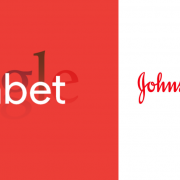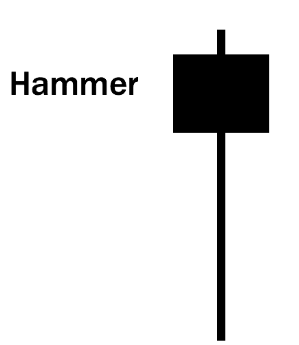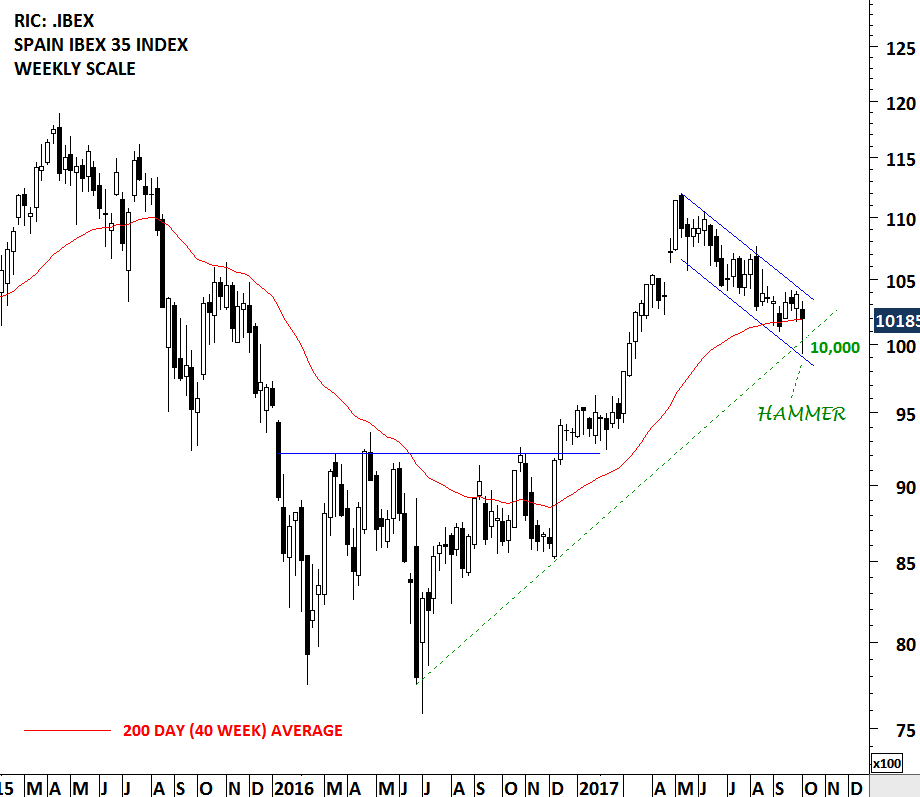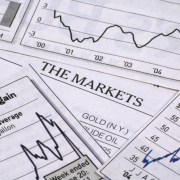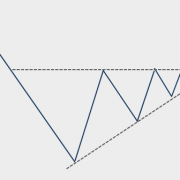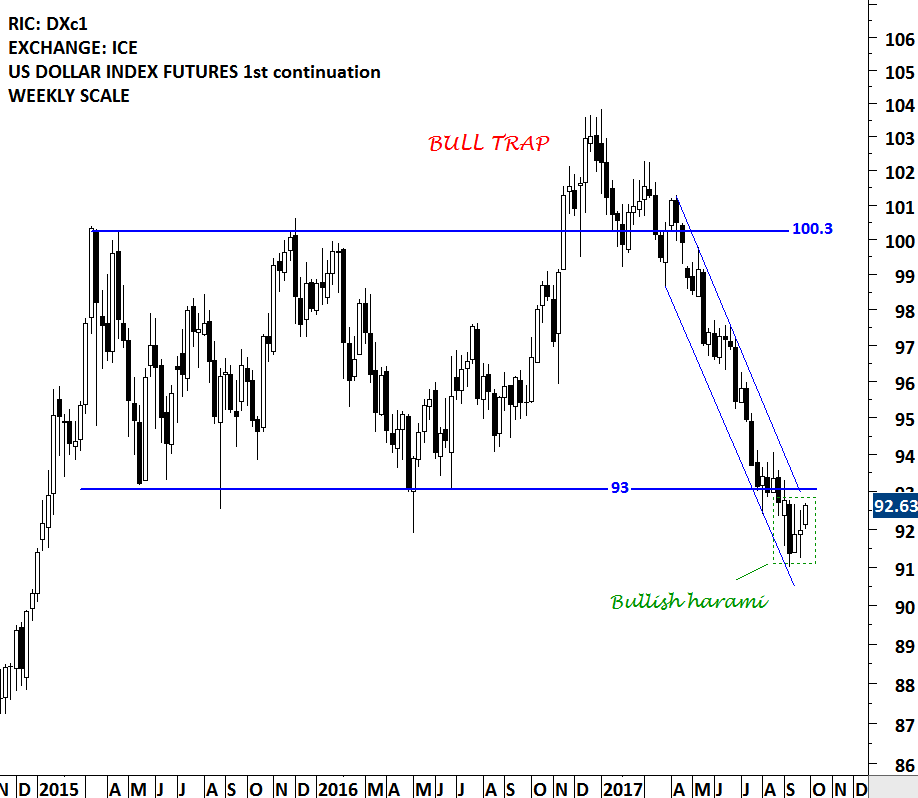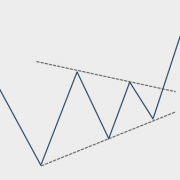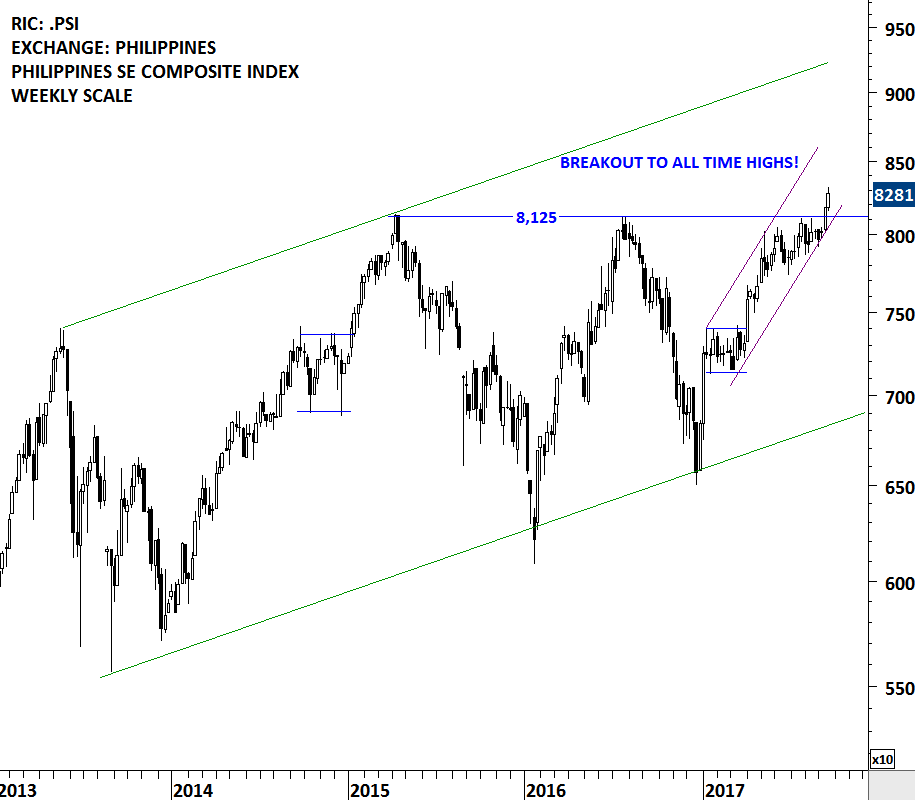INTERIM UPDATE – October 12, 2017
During a steady uptrend, pullbacks to long-term averages and to long-term trend line supports are usually good places to add to existing or enter new long positions. These pullbacks are usually a breath-taking period or a pause during the uptrend. As the pullback develops, it can either take the form of a top reversal formation or a continuation. A continuation chart pattern usually indicates the resumption of the uptrend.
There are two important chart developments on Alphabet Inc. and Johnson & Johnson that are worth mentioning. Both stocks have been in a steady uptrend. They are rising above their well-defined multi-year upward trend lines. Over the past 4 months, both equities formed a short-term sideways consolidation that can be identified as a rectangle. Given the direction of the previous trend, these rectangles can act as bullish continuation chart patterns.

